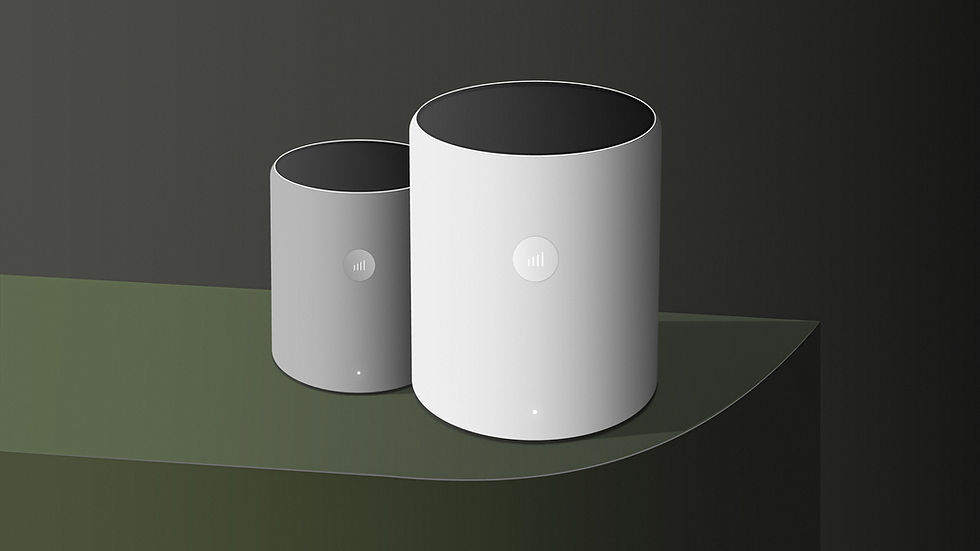Smart Home Innovations and Assistive Devices for the Elderly
- Martyn Dawes
- Oct 10, 2023
- 3 min read

As the population ages, the desire to age in place and maintain independence becomes increasingly important. Thankfully, advancements in technology have led to the development of smart home innovations and assistive devices that can support older adults in their goal of aging in place. In this article, we will explore the benefits and possibilities of technology for aging in place, including smart home devices and assistive technologies that enhance safety, convenience, and overall well-being.
1. Smart Home Devices:
Smart home devices offer a range of features that can greatly improve the living experience for older adults. These devices can be voice-activated or app-controlled, allowing easy access to various functions and services. Examples include:
- Smart speakers: Voice-activated speakers, such as Amazon Echo or Google Home, enable hands-free control of devices, access to information, reminders, and entertainment options.
- Smart thermostats: These devices allow remote temperature control and can learn patterns to automatically adjust the temperature for comfort and energy efficiency.
- Smart lighting: Smart bulbs and lighting systems can be controlled remotely, programmed on a schedule, or activated by motion sensors, enhancing safety and convenience.
- Smart security systems: These systems offer features like video doorbells, surveillance cameras, and remote access, providing peace of mind and increased security.
2. Home Monitoring Systems:
Home monitoring systems use sensors and cameras to track activities and detect potential risks or emergencies. They can monitor movement patterns, sleep quality, and detect falls or abnormal behaviours. Caregivers or family members can receive real-time alerts and access the data remotely, ensuring prompt intervention if needed.
3. Medication Management:
Technology-assisted medication management systems help older adults adhere to their medication schedules. These systems provide reminders, dispense medication at the appropriate times, and send alerts to caregivers or healthcare professionals if doses are missed.
4. Telehealth and Remote Monitoring:
Telehealth services allow seniors to consult with healthcare professionals remotely, reducing the need for in-person visits. Remote monitoring devices, such as blood pressure monitors or glucose meters, enable individuals to track their health indicators and share data with healthcare providers for proactive management.
5. Assistive Devices:
Assistive devices encompass a wide range of technologies designed to support individuals with specific needs. Examples include:
- Mobility aids: Devices like walkers, canes, or motorised scooters enhance mobility and independence.
- Personal emergency response systems (PERS): These wearable devices can be activated to call for help in case of emergencies, providing a sense of security.
- Home modifications: Smart home adaptations, such as grab bars, stairlifts, or wheelchair ramps, improve accessibility and safety within the home environment.
6. Cognitive Support Technologies:
For individuals with cognitive decline or memory impairments, technology can provide valuable support. Memory aids, digital reminders, and interactive apps can assist with daily tasks, medication reminders, and cognitive exercises to promote mental stimulation.
7. Social Connection and Entertainment:
Technology can facilitate social interaction and combat loneliness. Video conferencing platforms, social media, and online communities allow older adults to connect with family, friends, and interest groups. Streaming services, e-books, and games provide entertainment options at the touch of a button.
Conclusion:
Technology plays a vital role in supporting aging in place by enhancing safety, convenience, and overall well-being for older adults. Smart home devices, home monitoring systems, medication management tools, telehealth services, and assistive devices offer a wide range of possibilities for older adults to maintain their independence and quality of life. By embracing technology and its potential, older adults can enjoy the benefits of aging in place while staying connected, secure, and engaged in their everyday lives.





Comments